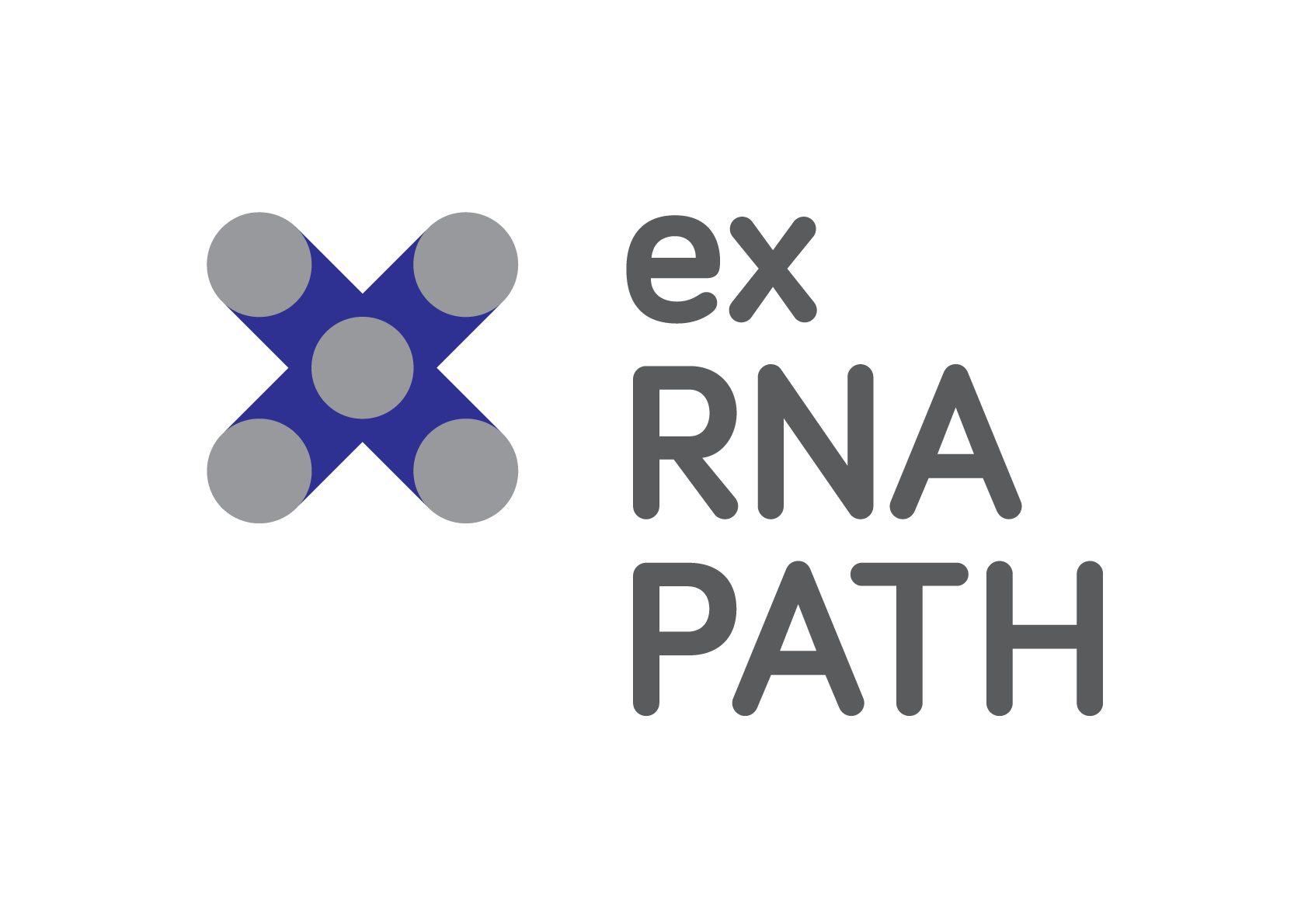About
A new frontier in RNA biology has emerged in the last decade with findings that RNA is found outside of cells and can transmit information between cells, organisms and species as a form of communication. Pathogens can also exploit exRNAs to enable their infections and exRNAs are associated with numerous infectious diseases in both animals and plants. However there are large gaps in knowledge on exRNA mechanisms, such as how exRNAs are selected for export, how they traffic outside the cell, how they integrate into a functional pathway in a recipient and how pathogens exploit these mechanisms.
exRNA-PATH is a network of investigators examining extracellular RNA (exRNA) communication mechanisms across diverse biological systems, with a specific focus on host-pathogen interactions. It will coordinate efforts to advance the growing field of exRNA and harness its potential in understanding and treating disease by focusing on the mechanistic understanding of exRNA research.
Key aspects and goals of this project include:
- Promoting European leadership.
- A highly collaborative approach involving many different types of expertise and aligning investigators across diverse biological systems (animals, plants, microbes, fungi)
- Bridging communication between different stakeholders in the exRNA field to create new synergies and innovative solutions to medical, societal and environmental challenge (e.g. infectious disease and pest control)
- Translate exRNA basic research into disease models and innovation: Facilitate translation of exRNA knowledge into strategies for reducing parasitism/disease
- Advance understanding of functions and mechanisms of exRNA communication. To increase understanding of the mechanisms and biological relevance of exRNA communication in host-pathogen and symbiotic interactions.
- Identifying gaps in knowledge and defining critical variables and sharing standards that will make data collected from diverse biological systems compatible to allow meta-analyses.
A new frontier in RNA biology has emerged in the last decade with findings that RNA is found outside of cells and can transmit information between cells, organisms and species as a form of communication. Pathogens can also exploit exRNAs to enable their infections and exRNAs are associated with numerous infectious diseases in both animals and plants. However there are large gaps in knowledge on exRNA mechanisms, such as how exRNAs are selected for export, how they traffic outside the cell, how they integrate into a functional pathway in a recipient and how pathogens exploit these mechanisms.
exRNA-PATH is a network of investigators examining extracellular RNA (exRNA) communication mechanisms across diverse biological systems, with a specific focus on host-pathogen interactions. It will coordinate efforts to advance the growing field of exRNA and harness its potential in understanding and treating disease by focusing on the mechanistic understanding of exRNA research.
Key aspects and goals of this project include:
- Promoting European leadership.
- A highly collaborative approach involving many different types of expertise and aligning investigators across diverse biological systems (animals, plants, microbes, fungi)
- Bridging communication between different stakeholders in the exRNA field to create new synergies and innovative solutions to medical, societal and environmental challenge (e.g. infectious disease and pest control)
- Translate exRNA basic research into disease models and innovation: Facilitate translation of exRNA knowledge into strategies for reducing parasitism/disease
- Advance understanding of functions and mechanisms of exRNA communication. To increase understanding of the mechanisms and biological relevance of exRNA communication in host-pathogen and symbiotic interactions.
- Identifying gaps in knowledge and defining critical variables and sharing standards that will make data collected from diverse biological systems compatible to allow meta-analyses.

